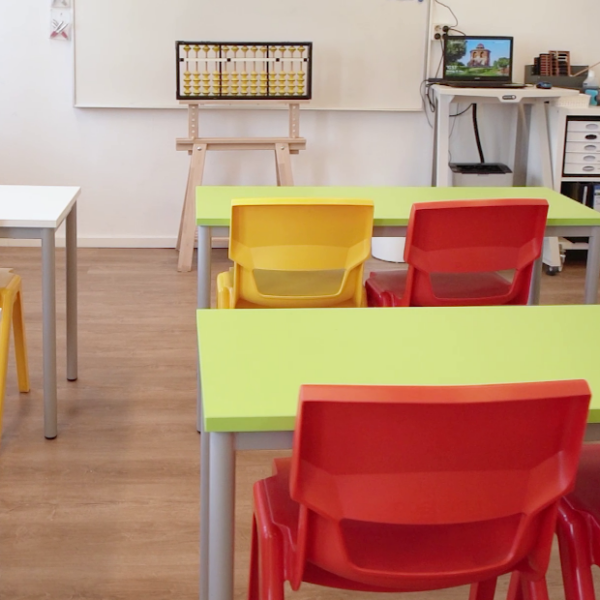
MeinBrain School
The brief MeinBrain School in Frankfurt have recently refitted all their classrooms with KI’s Postura+ chairs. The school specialises in maths and sciences, holding an annual competition kno...
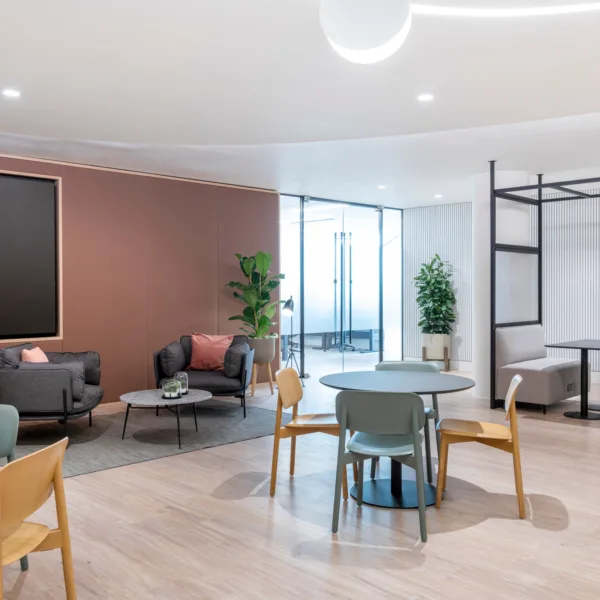
EFG International
The brief Swiss private bank firm EFG International has recently moved to Park Street in London’s Mayfair neighbourhood. Their new facilities are a manifestation of their brand and provide an elegant,...
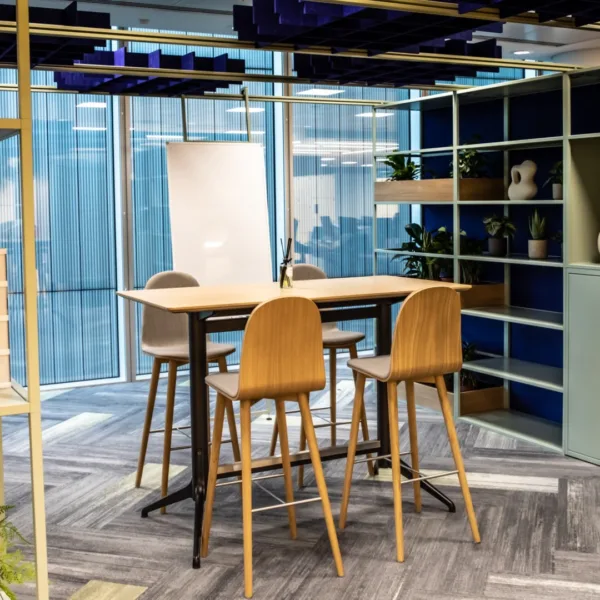
EY
The brief As part of their ongoing relationship with KI, EY (Ernst & Young) have provisionally incorporated a 16-metre-long Colonnade unit into their office at 1 More London Place, London. It form...

Bristol Central Library
The brief A section of the ground floor at Bristol Central Library has been refurbished to host a regional hub for the British Library’s Business and IP Centre (BIPC) network. This latest addition to ...

Cleeve School
The Brief The new Cleeve Training Hub opened in September 2021, welcoming its first intake of trainee teachers to its brand new £1m facilities. Based at Cleeve School and Sixth Form Centre of Excellen...
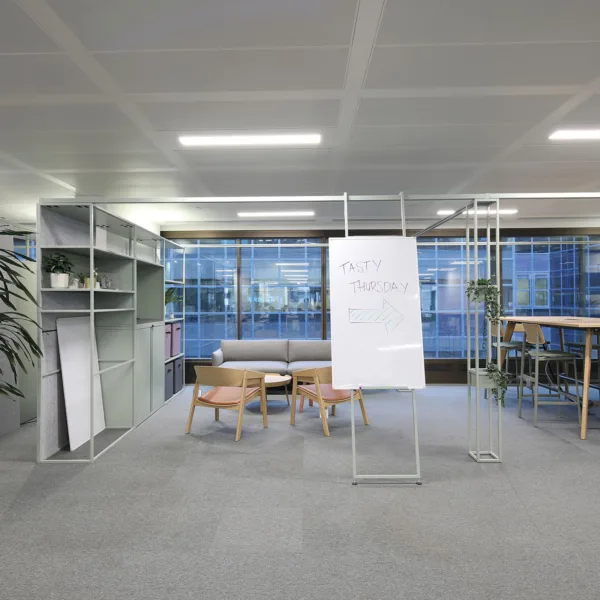
IFF Research
The Brief With an increased number of staff working from home and the subsequent reduction in the need for desks, IFF Research, an independent social and market research agency, ended up with a large ...

Museum of the Home
The Brief The Museum of the Home in Hackney, London, has recently undergone a spectacular transformation. Formerly known as the Geffrye Museum, the Grade-1 listed alms-houses, built in Hackney in 1714...
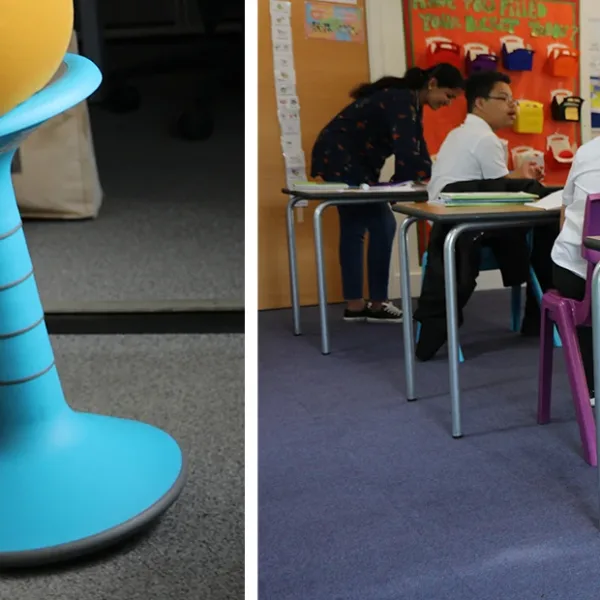
Pebble Brook SEN School
The Brief Pebble Brook SEN School in Aylesbury has been supporting the development of children aged between 11 & 19 with moderate learning difficulties, ASD (Autistic Spectrum Disorders), and spee...
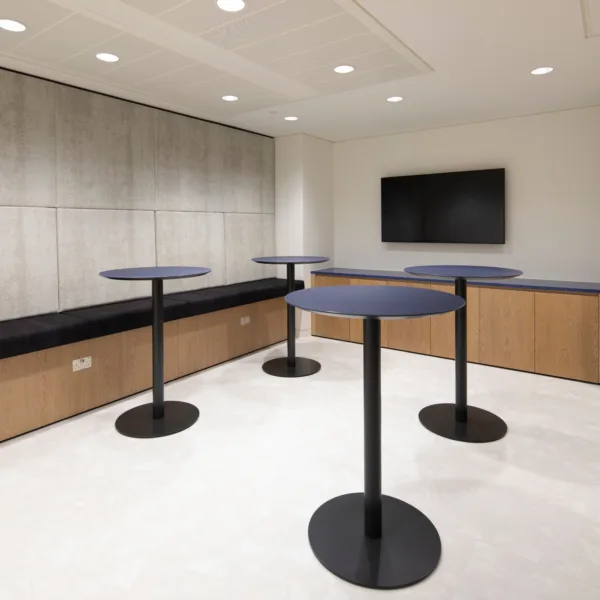
ISDA
The brief After outgrowing their offices at One Bishop’s Square, the International Swaps and Derivatives Association (ISDA) decided to relocate to a 1,250m² space at 25 Copthall Avenue/London Wa...
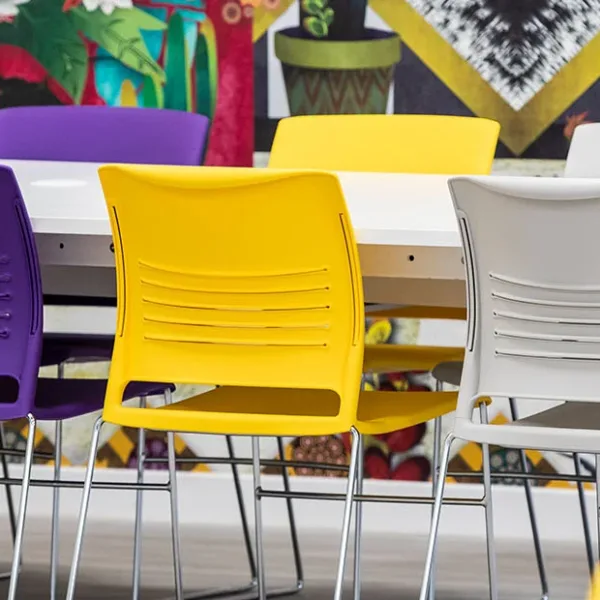
Chingford Foundation School
The Brief The focus of Chingford Foundation School’s sixth form refurbishment was to give the space that is fully integrated its own identity outside of the main school. To achieve this, it was ...
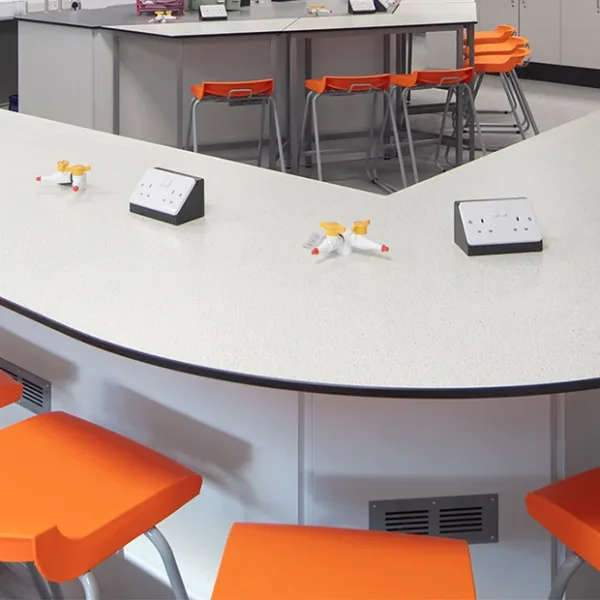
Ponteland Campus
The Brief One of the largest ever developments for Northumberland County Council, the new Ponteland campus is home to a community of 52 nursery pupils, 420 primary school pupils, and 1600 secondary sc...
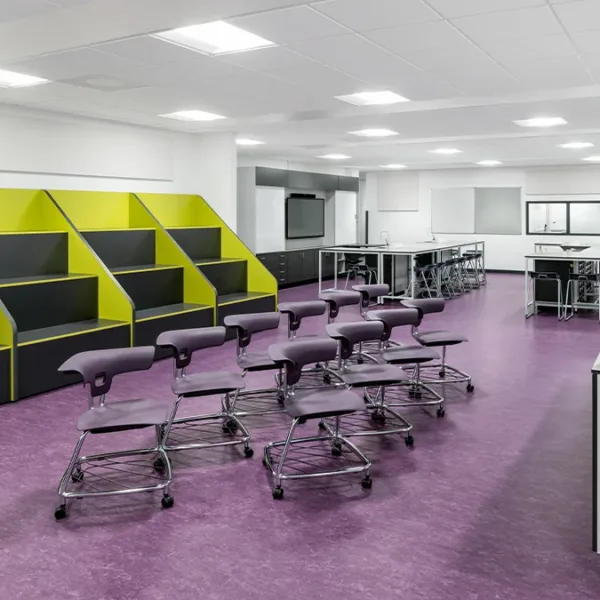
Inverurie Community Campus
The Brief The Inverurie Community Campus, Aberdeenshire, is a new £55m facility which opened its doors in late 2020. One of the largest school constructions in Scotland, its 360 rooms accommodate 1,60...
